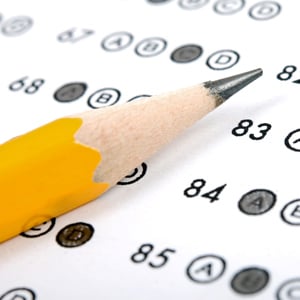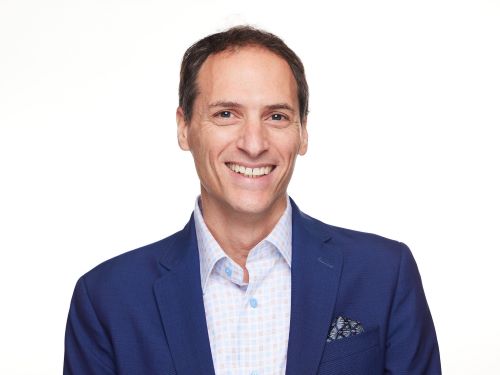Could Uniform Bar Exam help law grads' mobility? ABA House asks states to adopt it 'expeditiously'

Image from Shutterstock.
Law students seeking a more mobile practice got some encouragement from the ABA’s House of Delegates on Monday afternoon, when it adopted two resolutions concerning the Uniform Bar Examination.
Over some opposition, the House adopted Resolution 109, which urges bar admission authorities to “adopt expeditiously” the UBE. The UBE is a combination of the Multistate Bar Exam, the Multistate Essay Examination and the Multistate Performance Test, and it is coordinated by the National Conference of Bar Examiners. The resolution was sponsored by the ABA Law Student Division.
Christopher Jennison, a delegate from that division and a 3L at the Syracuse University College of Law, said widespread adoption of the UBE would “make the bar exam less costly and more efficient for recent graduates already saddled with astronomical debt.” Such young lawyers would be able to take their scores across state lines. States concerned about state-specific fields of law are welcome to test bar-takers separately on those matters, he said.
But Alice Richmond of Massachusetts, a past board member of the National Conference of Bar Examiners, introduced an amendment asking that jurisdictions consider the UBE and any other such material that would be relevant to fair bar admission and protection of the public. She noted that the adoption of the MBE by the state of New York has accelerated consideration of the uniform exam, but she wanted to move more slowly, in part because of the documented differential impact of the MBE on minority bar applicants.
There were several speakers for and against the amendment, though House chair Patricia Lee Refo worked to keep the schedule moving. Supporters of the amendment called for caution; proponents noted that it doesn’t stop states from adopting their own requirements in addition to the UBE and noted that ABA executive director Jack Rives had just said law students are an important demographic for the ABA’s future. In the end, the amendment failed.
Another short debate on the resolution itself echoed many of those themes. Carol Sigmond of the New York County Lawyers Association said New York adopted the UBE over objections of many county bar groups and urged the ABA “not to repeat the mistake of New York.” Past ABA president Michael Greco of Massachusetts took his metaphor from armadillos, who he said continue going forward forever because that’s all they know how to do.
“I don’t see how we can say no to the law students,” he said. “And if we do say no, we may regret it.”
Many more “salmon slips” for speakers were submitted, but the question then proceeded to a vote. Over audible opposition, the ayes had it.
The House then considered the related Resolution 117, urging bar admission authorities to consider the impact on minorities of adopting the UBE. It also asked bar admission groups to consider including subjects that are important in their jurisdictions—particularly Indian law, which is important in some regions but not covered by the UBE.
Mary Smith, the immediate-past president of the National Native American Bar Association and the nominee for ABA secretary starting in August 2017, told the audience that she saw the resolution as complementary to 109. It passed easily.
• See what people are saying on social media, and follow along with our full coverage of the 2016 ABA Midyear Meeting.
• See the full schedule of events. There are mobile apps available for Apple and Android users.
Last updated to clarify that Richmond was referring to the MBE rather than the UBE in the second part of her statement.



